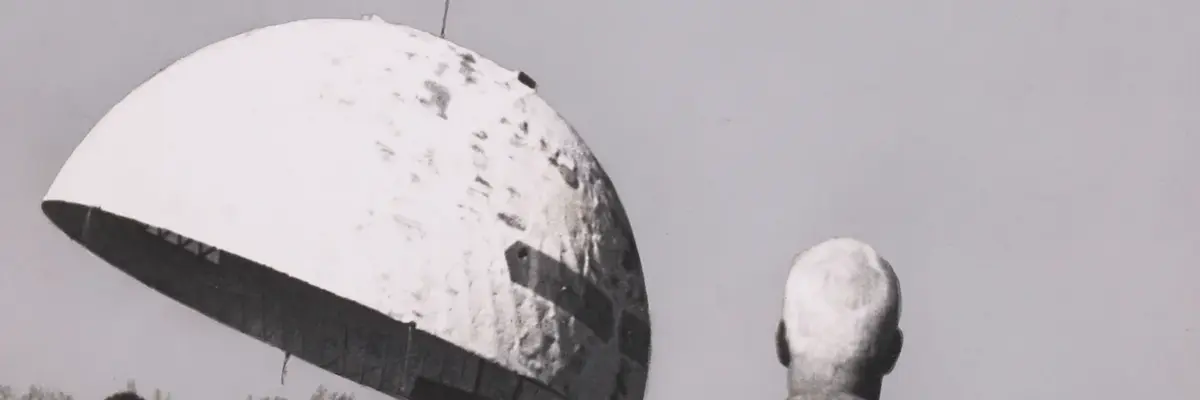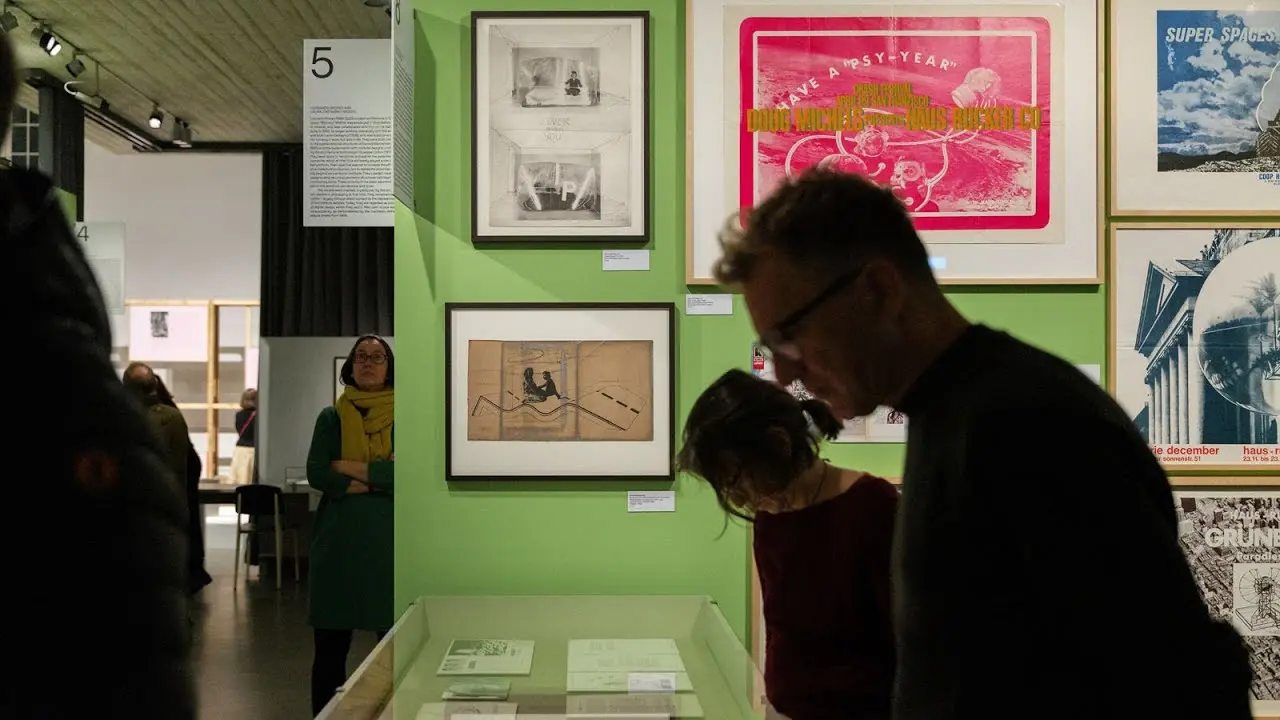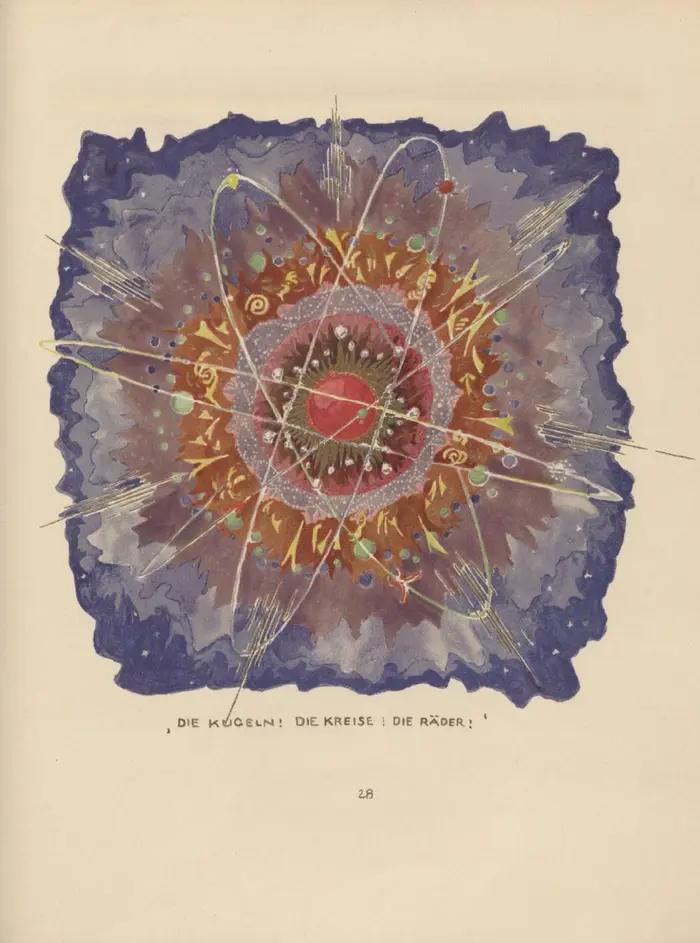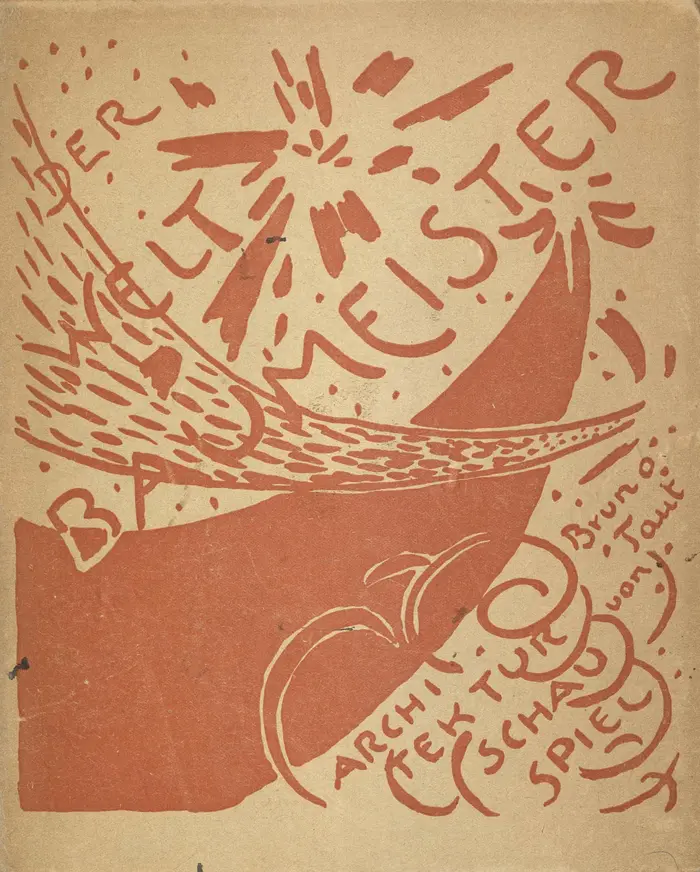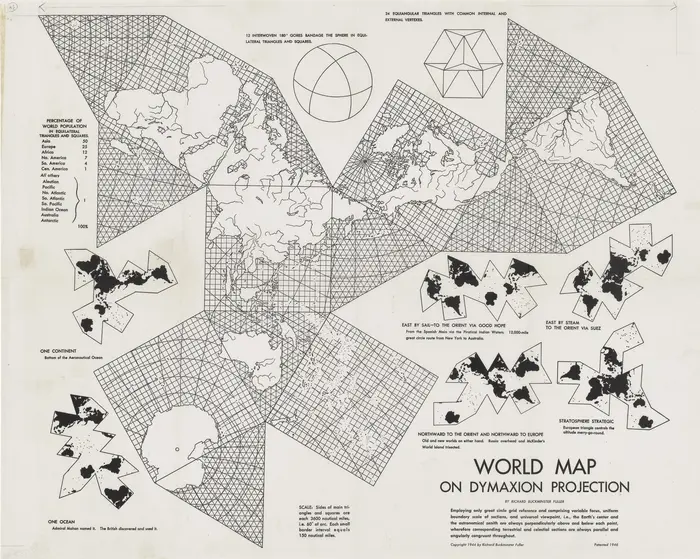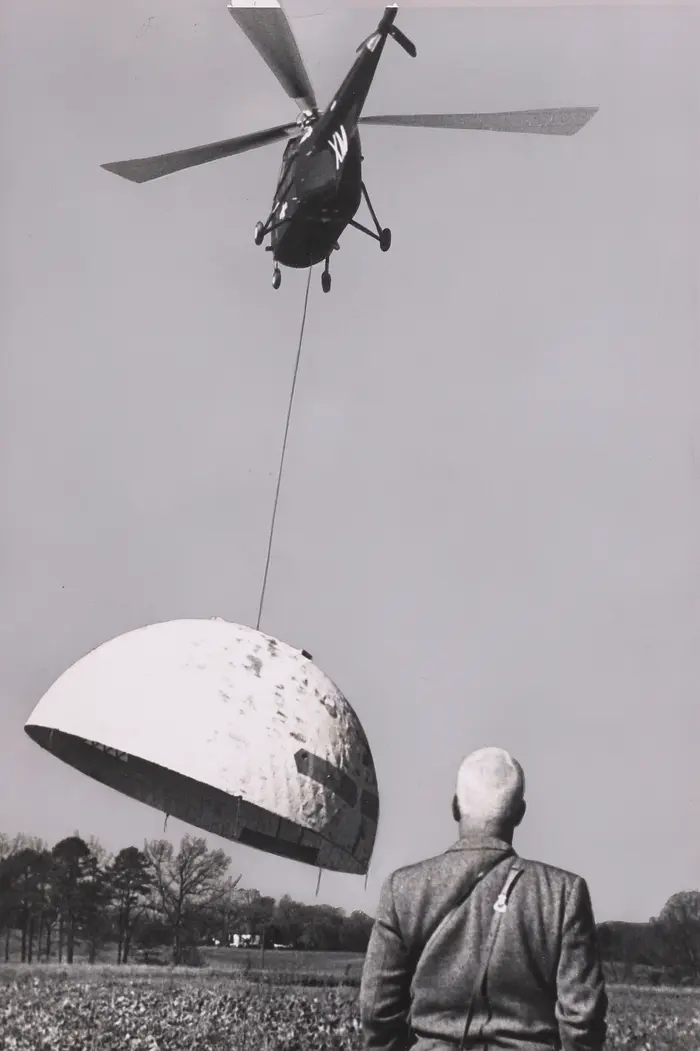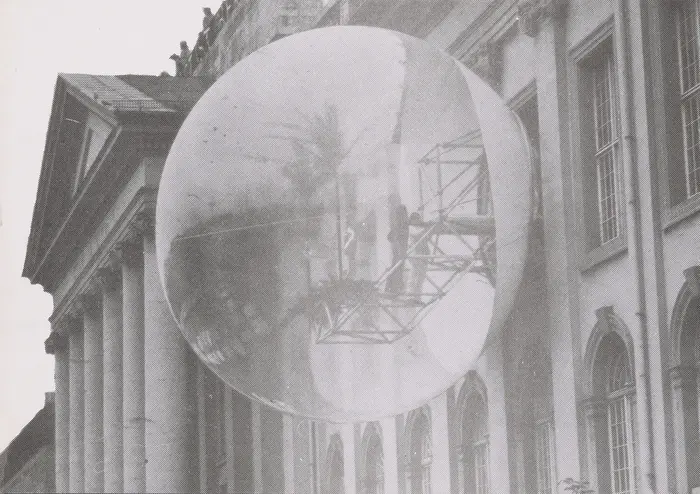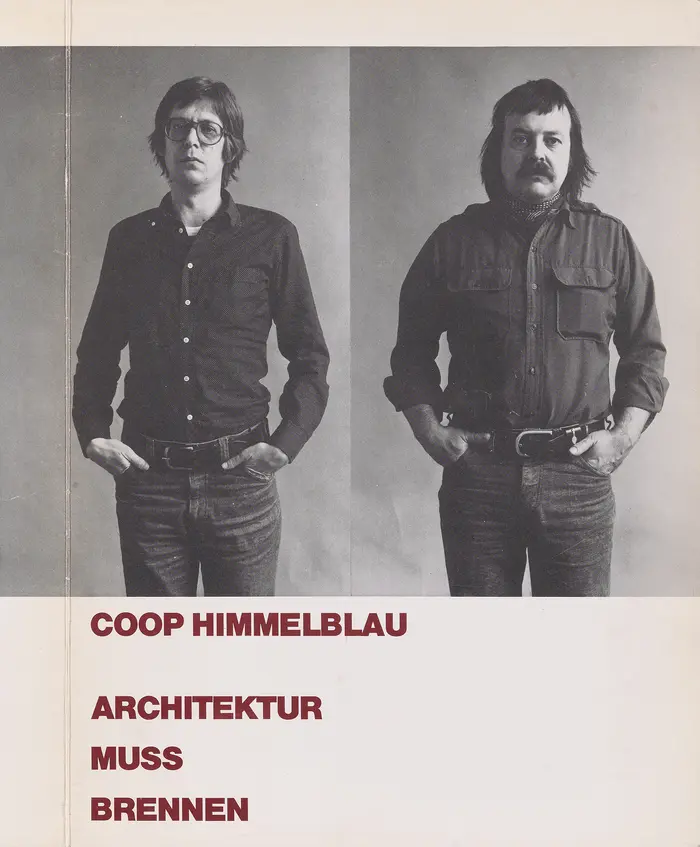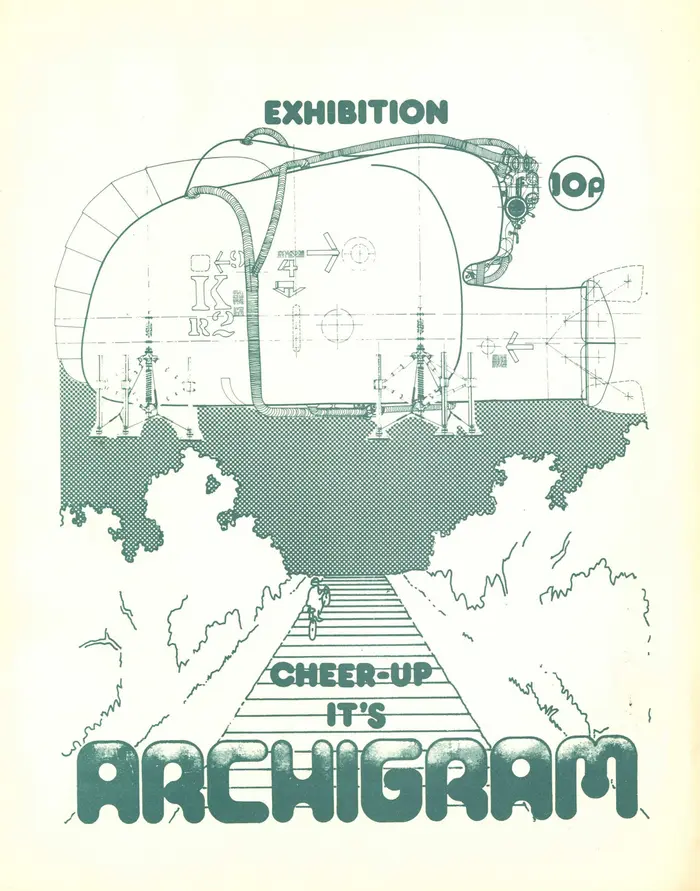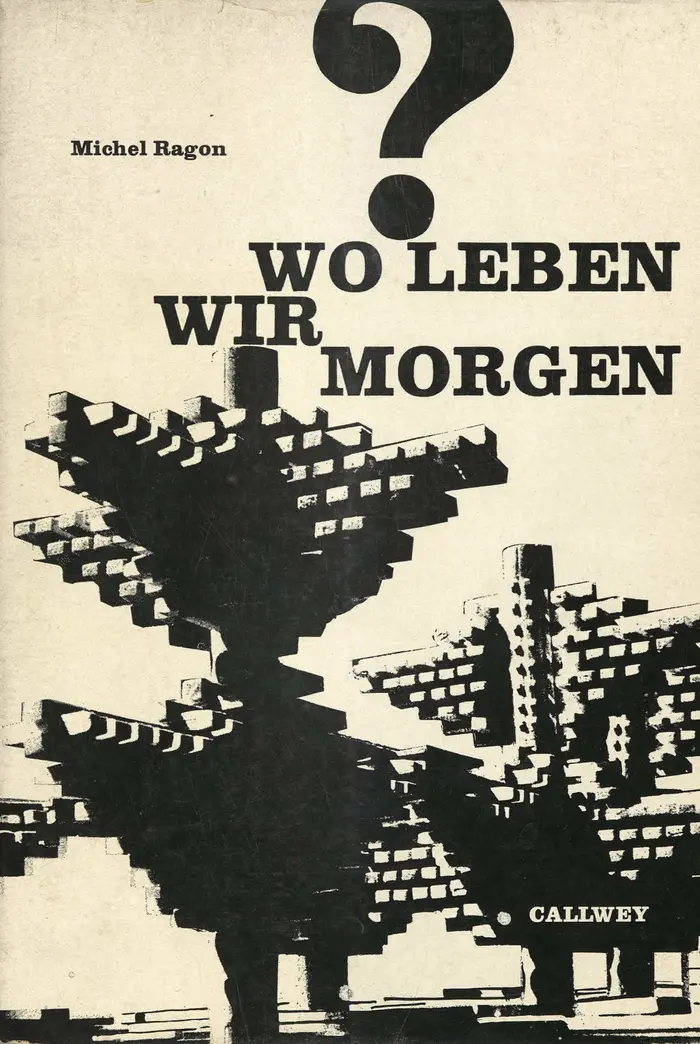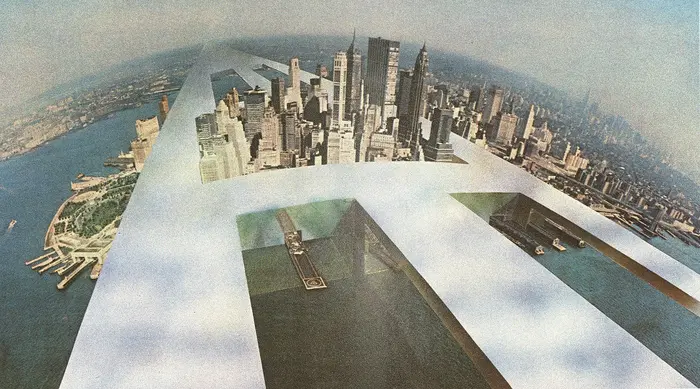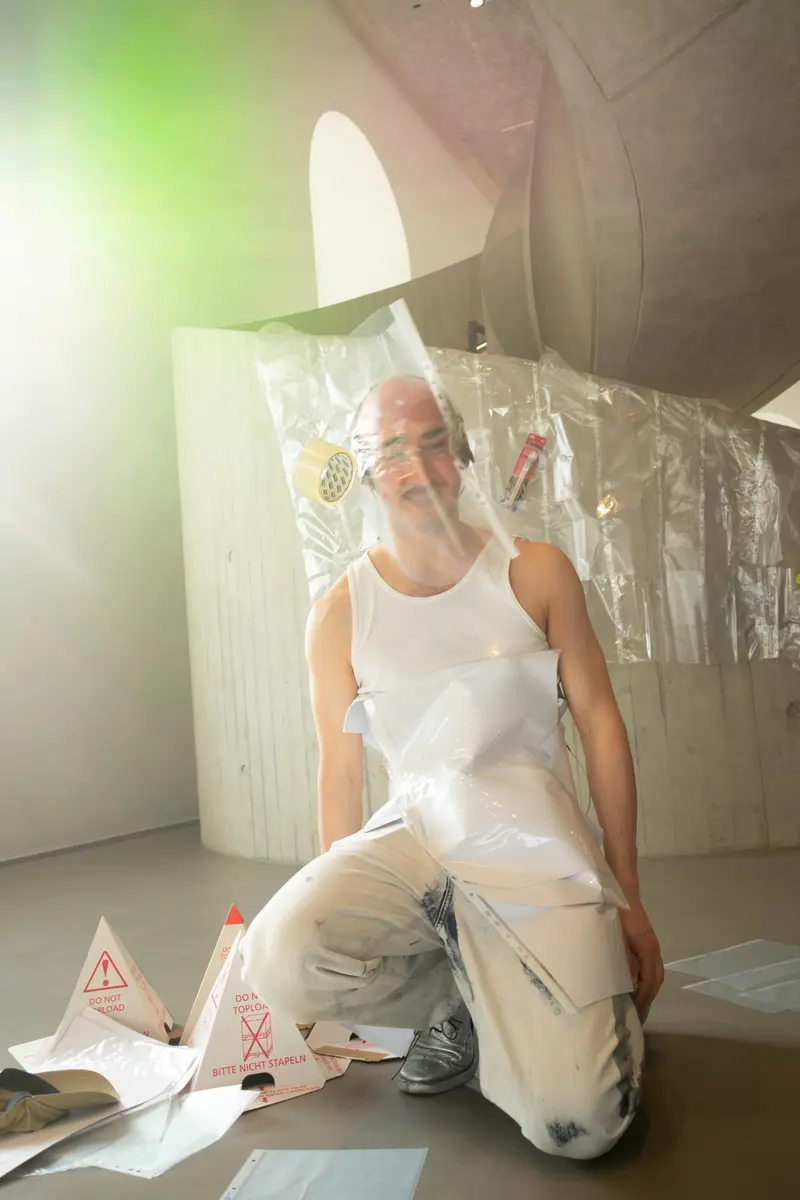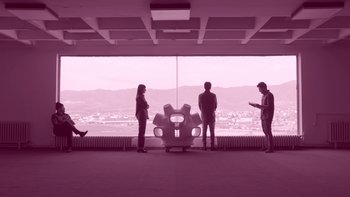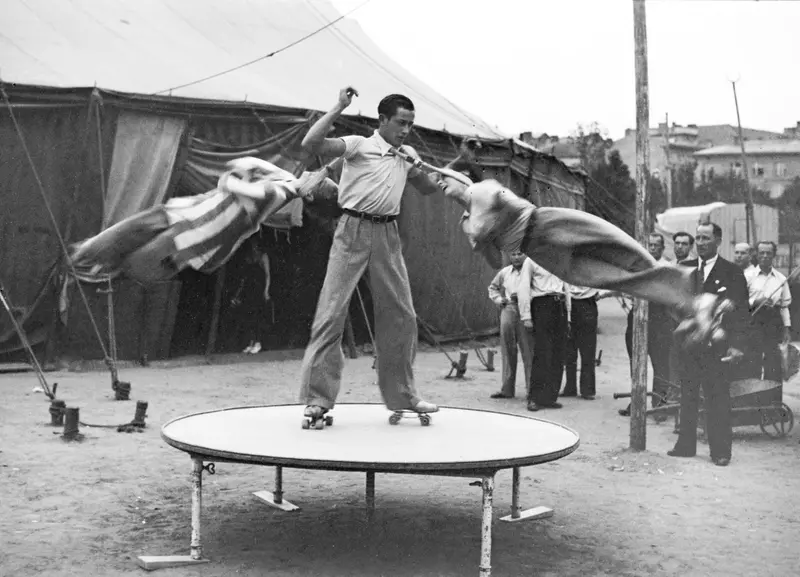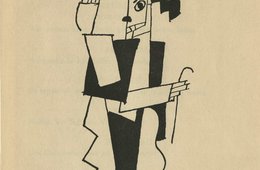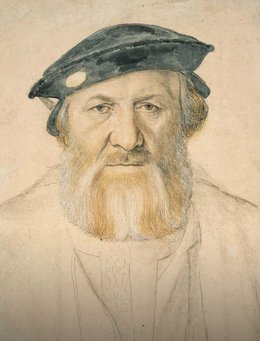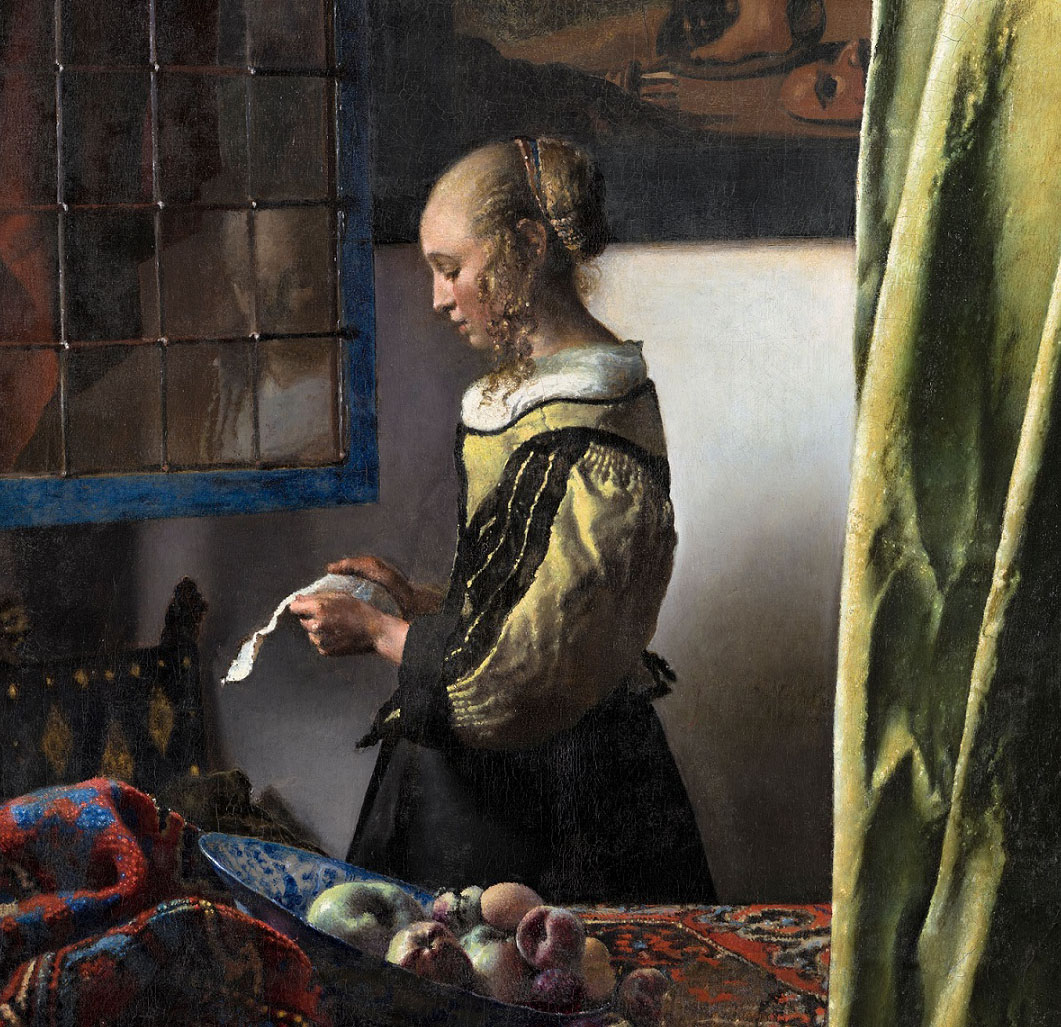Nitsan Margaliot
Nitsan Margaliot is a choreographer, dancer and curator, based in Berlin. Since 2022 he‘s the co-curator of the ACROSS Festival hosted by Galerie Wedding. As part of a fellowship in cooperation with HELLERAU, in 2023, Nitsan Margaliot has researched topics like dance, performance, queerness and Fluxus in the collection of the ADA.
His latest creation „Longing to Suspend“ is an exclusive response to the ADA, its oustanding collection, its unique architecture as well as its second exhibition „Building Worlds. Visionary Architecture in the 20th Century“. Settled between dance and performance, „Longing to Suspend“ is a contemplation on topics like the archiving of the self, the body as archive, and the archive as living entity. For „Longing to Suspend“
